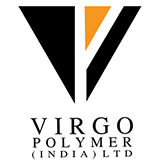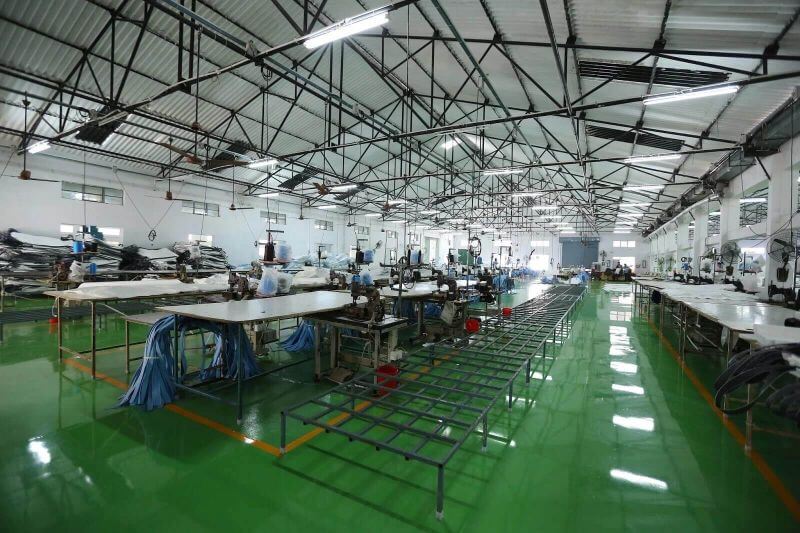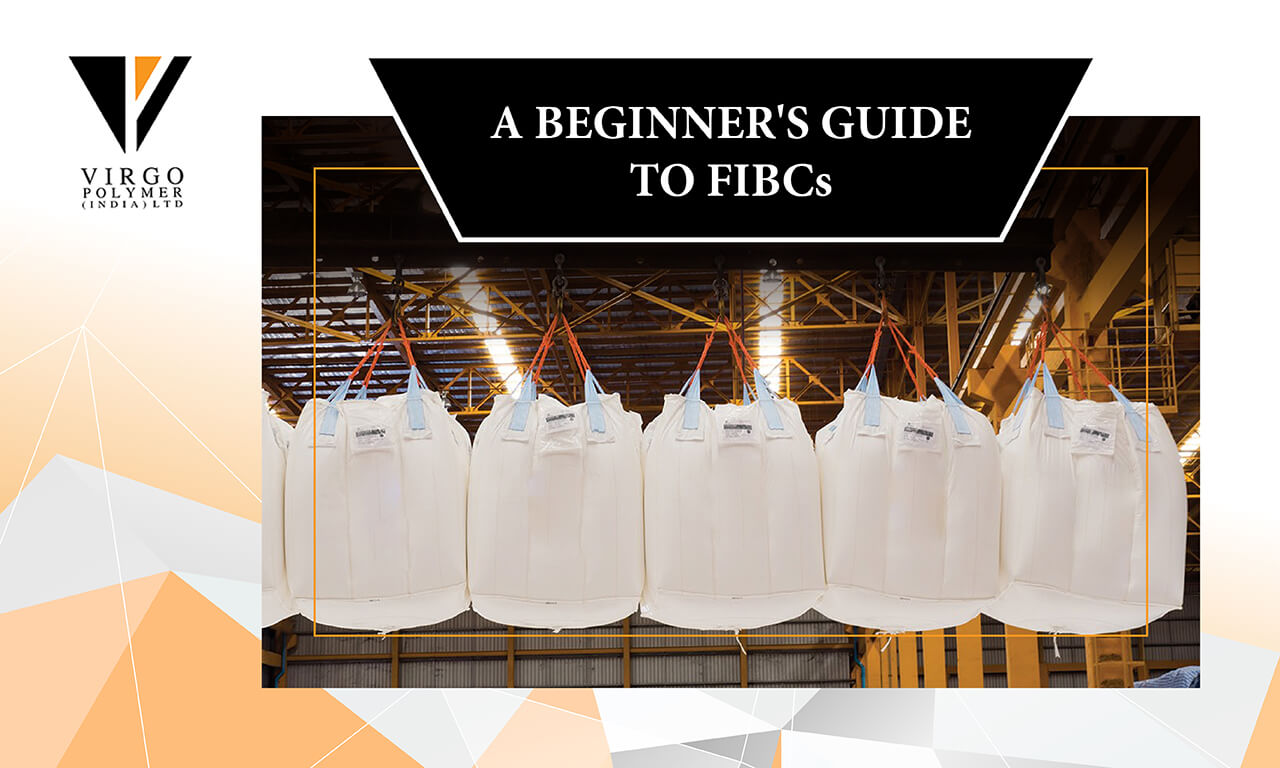



An FIBC, or a flexible intermediate bulk container, is a container made of flexible fabric and is used for industrial purposes. As the name suggests, this flexible container is meant for intermediary use, when materials are to be carried, transported or stored temporarily in bulk. FIBCs are known by many names, including big bag, bulk bag, super sack, jumbo, tote, and so on.
Although the earliest FIBCs, in the 1950s or 1960s, were made by welding together sheet cuts made of heavy-duty PVC-coated nylon or polyester, FIBCs today are typically made from thick, woven polyethene or polypropylene.
The size of an FIBC is customizable, depending on the needs, varying from 45 to 48 inches in diameter and 39 to 79 inches in height. When it comes to FIBC shape, there are a few common varieties like square, cylindrical, conical and so on. Depending on the type of design, the fabric used for construction and the type of material it is designed to transport, FIBCs also have a number of different classifications. You can read more about these classifications in this post.
FIBCs come fitted with loops (one, two or four), baffles and other appendages that make them ideal for handling mechanically with forklifts, cranes or hoists. FIBCs are generally not handled manually while filling or discharging material. Some FIBC types also come with a discharge spout for easy emptying of products.
A standard FIBC can hold anywhere between 1000 – 4000 lbs (500 – 2000 kgs) and should, therefore, be handled with the utmost care and avoiding manual intervention to the extent possible. For a few quick safe handling tips, click here.
Typically, FIBCs are used to carry solids (no liquids or semifluids) that are dry and flowable in nature. These products could be in granular, flake or even powder form. From sand, clay, cement to seeds, grains, onions and fertilizers, fibreglass, minerals, as well as hazardous waster materials, FIBCs are used in a number of industries to carry a wide range of materials.
However, the right type of FIBC needs to be used for each purpose. For instance, hazardous materials require UN-certified FIBCs and food materials require food-grade FIBCs.
Looking for the perfect FIBC? At Virgo Polymers (VPIL), we have the best quality FIBCs to suit every industrial need
Get in touch with us today!
